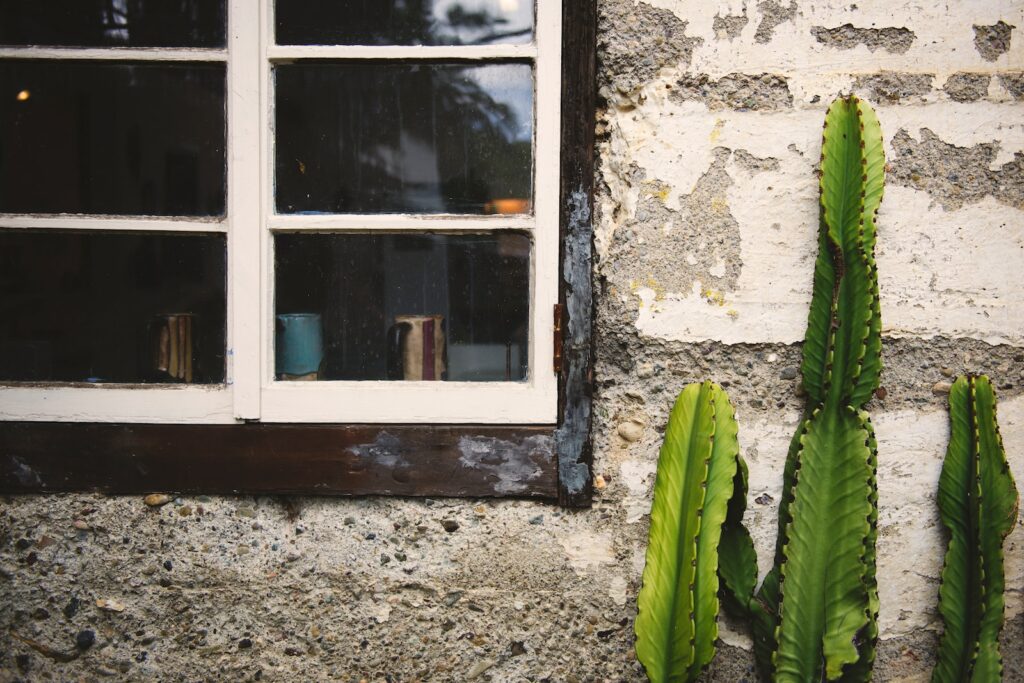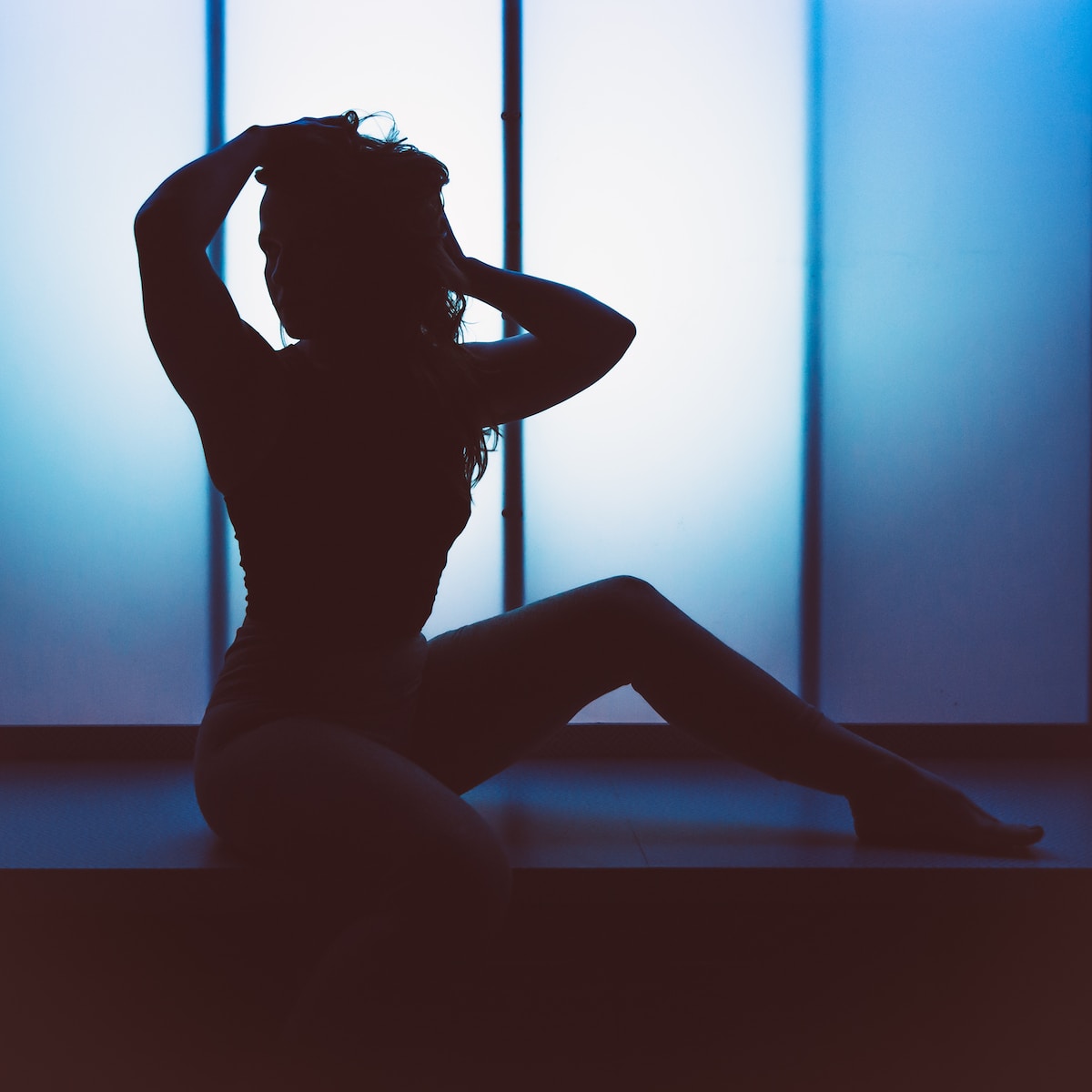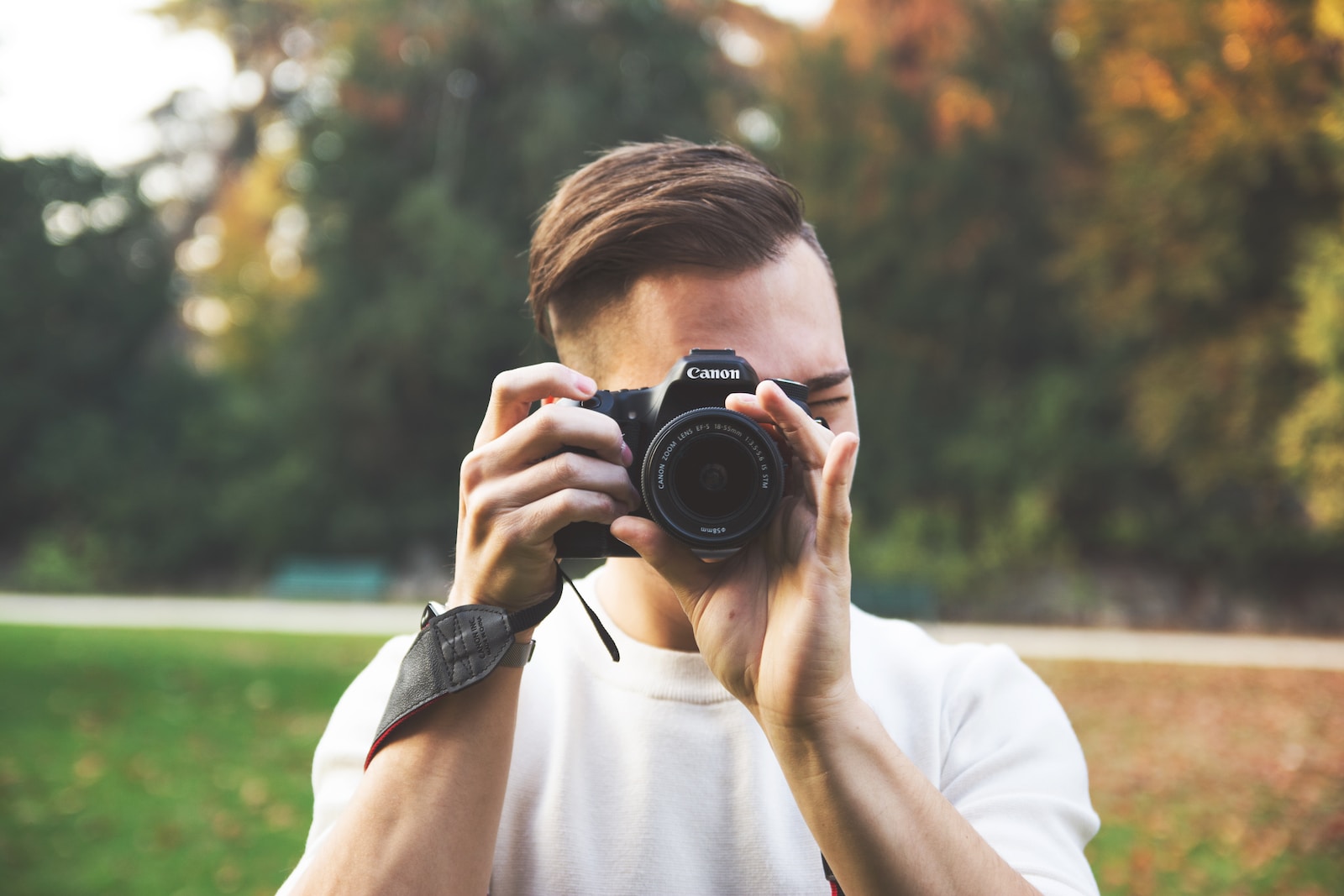Welcome to my blog on photography! In this post, we will delve into the fascinating world of composition and explore a powerful tool called the Rule of Odds. Whether you’re an amateur or professional photographer, understanding how to use odd numbers to create visual tension and interest in your images can take your photography to the next level. So, let’s break down the Rule of Odds and unlock the secrets to capturing captivating and dynamic photographs.
Table of Contents
Understanding the Rule of Odds
The Rule of Odds is a composition technique that suggests using an odd number of elements in your photograph, rather than an even number. This concept is based on the belief that odd numbers create a more visually appealing and balanced composition, drawing the viewer’s eye into the scene.
Creating Visual Tension
Visual tension is a vital element in storytelling through photography. By using odd numbers, you introduce an element of imbalance, which creates a dynamic interplay between the elements in your frame, capturing the viewer’s attention and keeping them engaged.
Why Odd Numbers Work
The human brain is naturally drawn to patterns and symmetry. By including an odd number of subjects in your composition, you disrupt the pattern and create an element of surprise. This unexpectedness adds intrigue and captivates the viewer, making the image more memorable.
Practical Applications of the Rule of Odds
Integrating the Rule of Odds into your photography is easier than you might think. Whether you’re photographing a landscape, a group of people, or even a still life, odd numbers can be applied in various ways to enhance your composition. Let’s explore some practical applications:
1. Landscape Photography
In landscape photography, incorporating odd numbers can add depth and dimension to your images. Consider including three lone trees on a hillside or five rocks leading the viewer’s eye towards the horizon. The odd number of elements will create a sense of scale and intrigue in your composition.
2. Portraiture
Odd numbers work exceptionally well when capturing people. Whether it’s a single subject or a group, incorporating odd numbers into the arrangement can create a more dynamic and visually interesting portrait. Experiment with placing your subject off-center and compose the image to include an odd number of people for a visually arresting photograph.
3. Still Life
When photographing still life subjects, using odd numbers can bring a sense of life and tension to an otherwise static scene. Arrange objects in groups of three or five, ensuring they vary in size, shape, and texture. This will create an exciting visual interplay that adds a unique touch to your still life compositions.
The Rule of Odds can be traced back to ancient civilizations, where odd numbers were believed to carry mystical and symbolic significance.
Mastering Visual Harmony
While the Rule of Odds is a powerful tool for creating visual tension, it’s essential to maintain overall visual harmony within your composition. Balance your odd-numbered subjects with negative space, leading lines, and other compositional techniques to create a well-rounded and visually pleasing photograph.
Break the Rules and Experiment
Remember, rules are meant to be broken, and photography is a form of self-expression. While the Rule of Odds provides a strong foundation, don’t be afraid to experiment with even numbers or break the rules entirely. The key is to understand the fundamental principles and then use your creative instincts to capture compelling and captivating images.

Incorporating the Rule of Odds into your photography can elevate the impact and visual appeal of your compositions. By understanding how odd numbers create visual tension and interest, you can tell more engaging stories through your photographs. So, go out there, embrace the power of odd numbers, and watch as your images come alive with energy and intrigue!
Breaking Down the Rule of Odds in Photography
When it comes to photography, composition is key. It can make or break a photo, transforming it from ordinary to extraordinary. One powerful composition technique that can add visual tension and interest to your images is the rule of odds. In this article, we will delve into the importance of using odd numbers in your composition and how it can elevate your photography to new heights.
The Power of Odd Numbers
In photography, odd numbers have a special effect on the viewer. When we see an arrangement or grouping of objects in an image, our eyes automatically seek balance and harmony. Odd numbers disrupt this harmony, creating a sense of tension and intrigue. This visual tension keeps viewers engaged, drawing them into the image and making it more memorable.
Take, for example, a landscape photograph of a field of flowers. If you were to capture five flowers in your frame, arranging them in an odd-numbered grouping, the composition becomes more compelling. This unconventional arrangement allows the viewer’s eyes to roam around the image, exploring each individual flower and creating a dynamic visual experience.
A Case Study: Overcoming Challenges
Let’s dive into a case study to see how the rule of odds can be applied in real-life photography situations. We’ll explore the challenges faced by a photographer and how they overcame them using this technique.
Meet Sarah, a talented portrait photographer who was tasked with capturing a group of three best friends in a natural setting. Initially, Sarah positioned the friends side by side, creating a symmetrical composition. While the photo looked good, it lacked that extra spark.
Recognizing this, Sarah decided to experiment with the rule of odds. She rearranged the friends, positioning two of them closer together and slightly offsetting the third person. The result was astounding. The composition instantly became more captivating and dynamic. The odd number in the arrangement added a sense of tension, making the viewer wonder about the story behind the photograph.
The Benefits of Using Odd Numbers
Now that we understand the power of odd numbers in composition, let’s explore the benefits of incorporating the rule of odds into your photography.
- Creating Visual Interest: Odd-numbered groupings catch the viewer’s attention and create a focal point in the image. This helps draw the viewer into the photo, ultimately making it more engaging.
- Adding Depth and Dimension: Odd numbers create a sense of depth and dimension in your compositions. By breaking away from symmetrical arrangements, you can introduce a more dynamic and visually stimulating element to your photographs.
- Enhancing Storytelling: Odd numbers can create a sense of narrative and intrigue in your images. They make viewers question the relationship between the subjects and the story behind the photograph.
As you can see, the rule of odds is a valuable technique to have in your photography arsenal. By incorporating odd numbers into your compositions, you can add visual tension and interest that elevate your images from ordinary to extraordinary. So the next time you’re out shooting, remember to break free from symmetry and embrace the power of odd numbers.
Frequently Asked Questions
What is the Rule of Odds in photography?
The Rule of Odds is a composition technique used in photography where odd numbers of subjects are placed in the frame to create visual tension and interest. It suggests that odd numbers, such as 3 or 5, are more visually appealing and engaging than even numbers.
Why is the Rule of Odds important in composition?
The Rule of Odds helps to create a sense of balance and harmony in the composition. It adds visual tension and interest to the image, making it more dynamic and compelling to the viewer’s eye.
How can I apply the Rule of Odds in my photography?
To apply the Rule of Odds, try to include an odd number of subjects in your frame. This could be three people, five flowers, or any other subjects that you want to highlight. Experiment with different arrangements and positions to find the most visually pleasing composition.
Can the Rule of Odds be applied to any type of photography?
Yes, the Rule of Odds can be applied to any type of photography, whether it’s landscape, portrait, still life, or street photography. The key is to consider the placement and arrangement of subjects in odd numbers to create visual interest.
Are there any exceptions to the Rule of Odds?
While the Rule of Odds is generally effective in creating visual tension and interest, there may be instances where an even number of subjects works better for your composition. Photography is a creative art form, and rules are meant to be broken. Trust your instincts and experiment with different compositions to find what works best for your unique vision.
How does visual tension enhance a photograph?
Visual tension adds a dynamic element to a photograph, creating a sense of intrigue and capturing the viewer’s attention. By using the Rule of Odds to create visual tension, you can make your photos more visually engaging and memorable.
Wrap Up
In conclusion, understanding and utilizing the Rule of Odds in photography can greatly enhance the impact of your compositions. By breaking away from the rigidity of even numbers, odd groupings create a sense of visual tension and interest that draws the viewer’s eye. Remember to experiment with different subjects and compositions, keeping in mind the relationship between the elements and the overall balance. Don’t be afraid to play with odd number groupings to create dynamic and engaging photographs. So go out there, grab your camera, and embrace the power of odd numbers in your photography!
I hope you found this blog post helpful and informative. If you have any questions or additional tips to share, feel free to leave a comment below. I would love to hear from you and continue the conversation. Happy shooting!



